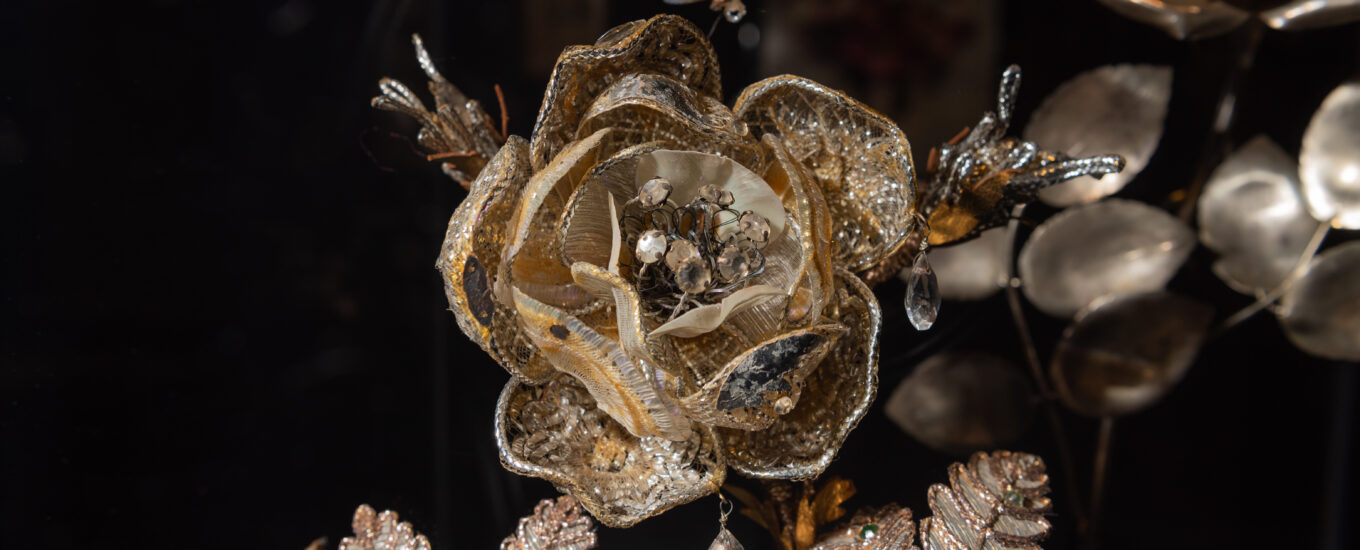Related Events
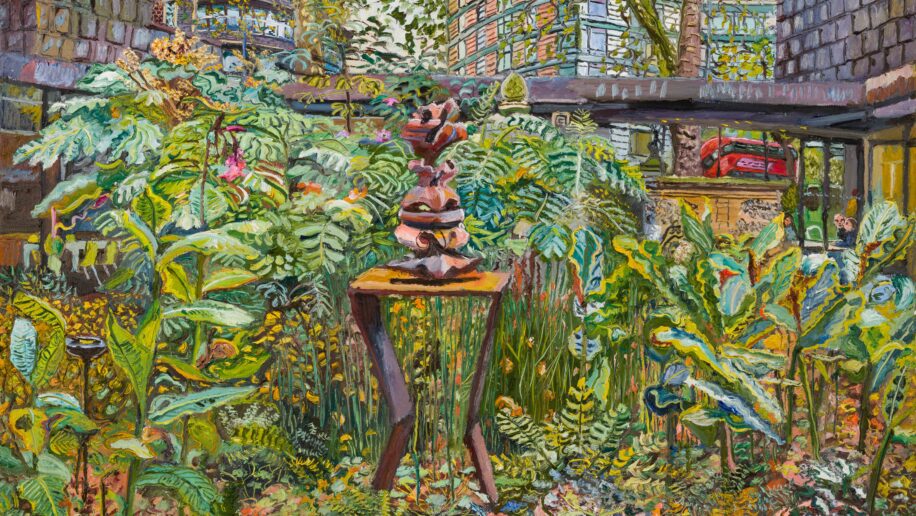
Melissa Scott-Miller: London Parks and Gardens
28 Jan - 29 Mar 2026
Exhibitions
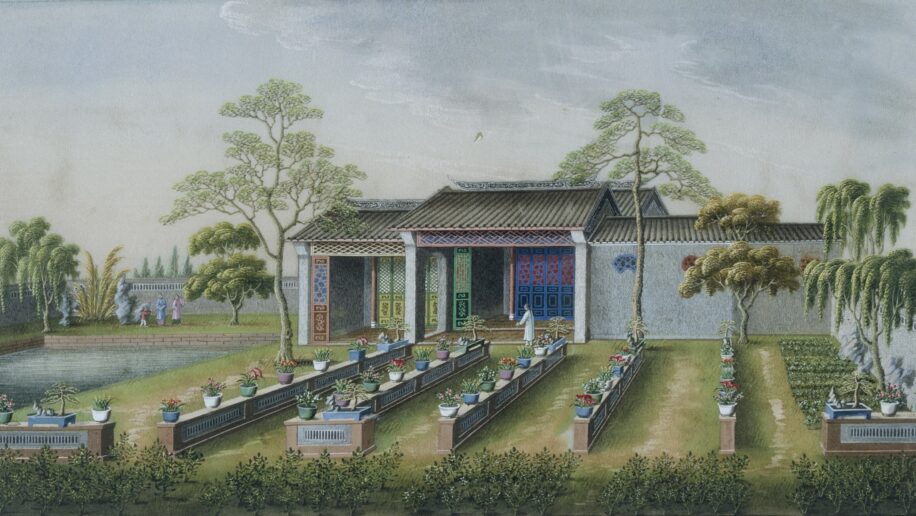
Seeds of Exchange: Canton and London in the 1700s
11 Feb - 10 May 2026
Exhibitions
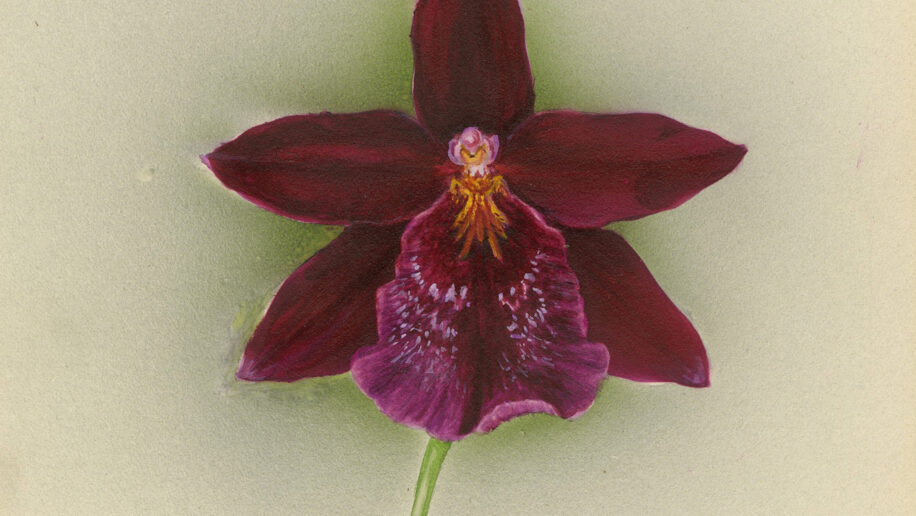 Free
Free
Nelly Roberts: Orchid Painter
7 Oct 2025 - 31 Jan 2026
Exhibitions
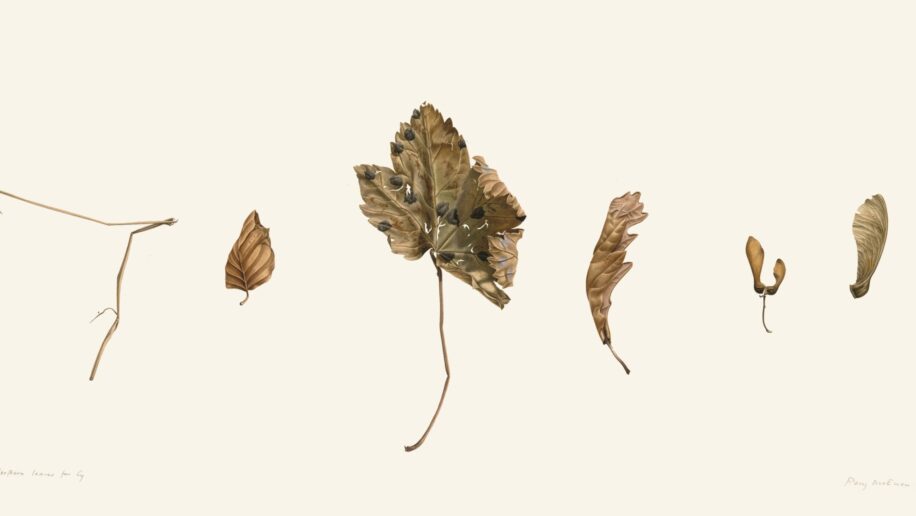
Rory McEwen: Nature’s Song
8 Oct 2025 - 25 Jan 2026
Exhibitions
